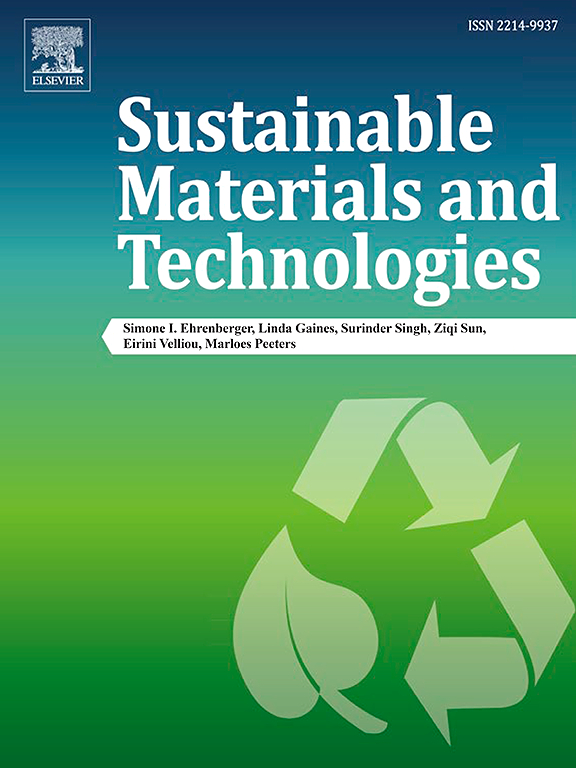Radionuclide-specific ion exchange on zeolite frameworks: A conceptual proposal
IF 8.6
2区 工程技术
Q1 ENERGY & FUELS
引用次数: 0
Abstract
Understanding the factors that govern the selective ion exchange abilities of different cations and the detailed atomic structures of the exchanged cations inside the nanocavities of zeolites remain an ongoing challenge. In this study, the precise locations of Cs+ and Sr2+ ions captured within NaA zeolite were analyzed using focused-ion-beam scanning electron microscopy and high-resolution (scanning) transmission electron microscopy. Using focused-ion-beam scanning electron microscopy and high-resolution (scanning) transmission electron microscopy, the study analyzes the adsorption and positioning of Cs+ and Sr2+ ions. The adsorption equilibrium and capacities of Cs+ and Sr2+ ions were achieved from experimental adsorption data using the NaA zeolite. The adsorption capacities (qm) of Cs+ and Sr2+ ions were 1.01 mmol/g and 4.29 mmol/g, respectively. Theoretical estimations revealed the actual adsorption capacities of Cs+ and Sr2+, along with their positions within the zeolitic framework, both of which influence the cation exchange behavior. Unlike Cs+, Sr2+ ions were predominantly captured in the β cages, suggesting that the location of ion exchange within the zeolite framework may vary depending on the ionic radius and the effect of the cage structures. These results clarify the radionuclide capture in zeolites by revealing distinct ion exchange behaviors.

沸石框架上的放射性核素特异性离子交换:一个概念性建议
了解控制不同阳离子选择性离子交换能力的因素以及沸石纳米腔内交换阳离子的详细原子结构仍然是一个持续的挑战。在这项研究中,使用聚焦离子束扫描电子显微镜和高分辨率(扫描)透射电子显微镜分析了NaA沸石中捕获的Cs+和Sr2+离子的精确位置。利用聚焦离子束扫描电镜和高分辨率(扫描)透射电镜对Cs+和Sr2+离子的吸附和定位进行了分析。通过NaA沸石对Cs+和Sr2+离子的吸附实验数据,得到了其吸附平衡和吸附容量。对Cs+和Sr2+离子的吸附量qm分别为1.01 mmol/g和4.29 mmol/g。理论估计揭示了Cs+和Sr2+的实际吸附能力,以及它们在沸石框架内的位置,两者都影响阳离子交换行为。与Cs+不同,Sr2+离子主要被捕获在β笼中,这表明离子交换在沸石框架内的位置可能取决于离子半径和笼结构的影响。这些结果通过揭示不同的离子交换行为澄清了放射性核素在沸石中的捕获。
本文章由计算机程序翻译,如有差异,请以英文原文为准。
求助全文
约1分钟内获得全文
求助全文
来源期刊

Sustainable Materials and Technologies
Energy-Renewable Energy, Sustainability and the Environment
CiteScore
13.40
自引率
4.20%
发文量
158
审稿时长
45 days
期刊介绍:
Sustainable Materials and Technologies (SM&T), an international, cross-disciplinary, fully open access journal published by Elsevier, focuses on original full-length research articles and reviews. It covers applied or fundamental science of nano-, micro-, meso-, and macro-scale aspects of materials and technologies for sustainable development. SM&T gives special attention to contributions that bridge the knowledge gap between materials and system designs.
 求助内容:
求助内容: 应助结果提醒方式:
应助结果提醒方式:


